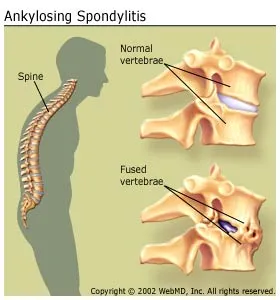Loss of vision is considered sudden if it develops within a few minutes to a couple of days. It may affect one or both eyes and all or part of a field of vision. Loss of only a small part of the field of vision (for example, as a result of a small retinal detachment) may seem like blurred vision. Other symptoms, for example eye pain, may occur depending on the cause of vision loss.
Causes:
Sudden loss of vision has three general causes:
-
Clouding of normally transparent eye structures
-
Abnormalities of the retina (the light-sensing structure at the back of the eye)
-
Abnormalities of the nerves that carry visual signals from the eye to the brain (the optic nerve and the visual pathways)
Light must travel through several transparent structures before it can be sensed by the retina. First, light passes through the cornea (the clear layer in front of the iris and pupil), then the lens, and then the vitreous humor (the jellylike substance that fills the eyeball). Anything that blocks light from passing through these structures, for example, a corneal ulcer or bleeding into the vitreous humor, can cause loss of vision.
Most of the disorders that cause total loss of vision when they affect the entire eye may cause only partial vision loss when they affect only part of the eye.
An Inside Look at the Eye
 |
When the Visual Pathways Are Damaged
|
Nerve signals travel along the optic nerve from each eye. The two optic nerves meet at the optic chiasm. There, the optic nerve from each eye divides, and half of the nerve fibers from each side cross to the other side. Because of this arrangement, the brain receives information via both optic nerves for the left visual field and for the right visual field. Damage to an eye or the visual pathway causes different types of vision loss depending on where the damage occurs.
|
Common causes
The most common causes of sudden loss of vision are
-
Blockage of a major artery of the retina (central retinal artery occlusion)
-
Blockage of an artery to the optic nerve (ischemic optic neuropathy)
-
Blockage of a major vein in the retina (central retinal vein occlusion)
-
Blood in the jellylike vitreous humor near the back of the eye (vitreous hemorrhage)
-
Eye injury
Sudden retinal artery blockage can result from a blood clot or small piece of atherosclerotic material that breaks off and travels into the artery. The artery to the optic nerve can be blocked in the same ways and can also be blocked by inflammation (such as may occur with giant cell [temporal] arteritis). A blood clot can form in the retinal vein and block it, particularly in older people with high blood pressure or diabetes. People with diabetes are also at risk of bleeding into the vitreous humor.
Sometimes what seems like a sudden start of symptoms may instead be sudden recognition. For example, a person with long-standing reduced vision in one eye (possibly caused by a dense cataract) may suddenly become aware of the reduced vision in the affected eye after covering the unaffected eye.
Less common causes:
Less common causes of sudden loss of vision (see Table: Some Causes and Features of Sudden Loss of Vision) include stroke or transient ischemic attack (TIA), acute glaucoma, retinal detachment, inflammation of the structures in the front of the eye between the cornea and the lens (anterior uveitis, sometimes called iritis), certain infections of the retina, and bleeding within the retina as a complication of age-related macular degeneration.






